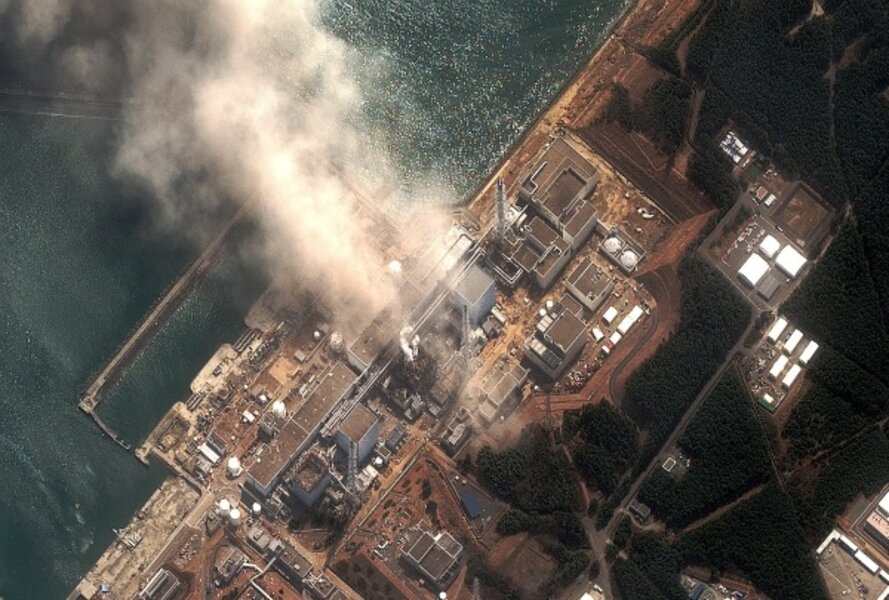Bad as it is, this accident is dramatically less catastrophic than Chernobyl. That accident spread millions of curies of radioactivity – 3 to 4 percent of all the radioactivity in the reactor core – around the surrounding countryside, exposing millions of people in several countries. Large areas are uninhabitable to this day. Here there is no real prospect of a runaway chain reaction as occurred at Chernobyl. Instead, what has happened is melting of fuel in reactor cores, leading to release of a very modest amount of cesium and other fission products.
There is still a possibility of a larger release, if melted fuel falls to the bottom of the reactor and manages to burn through the containment, contacting water and creating radioactive steam. At present, it seems more likely than not (though the situation is still changing) that most of the evacuated people will be able to return to their homes and live their lives as before.





